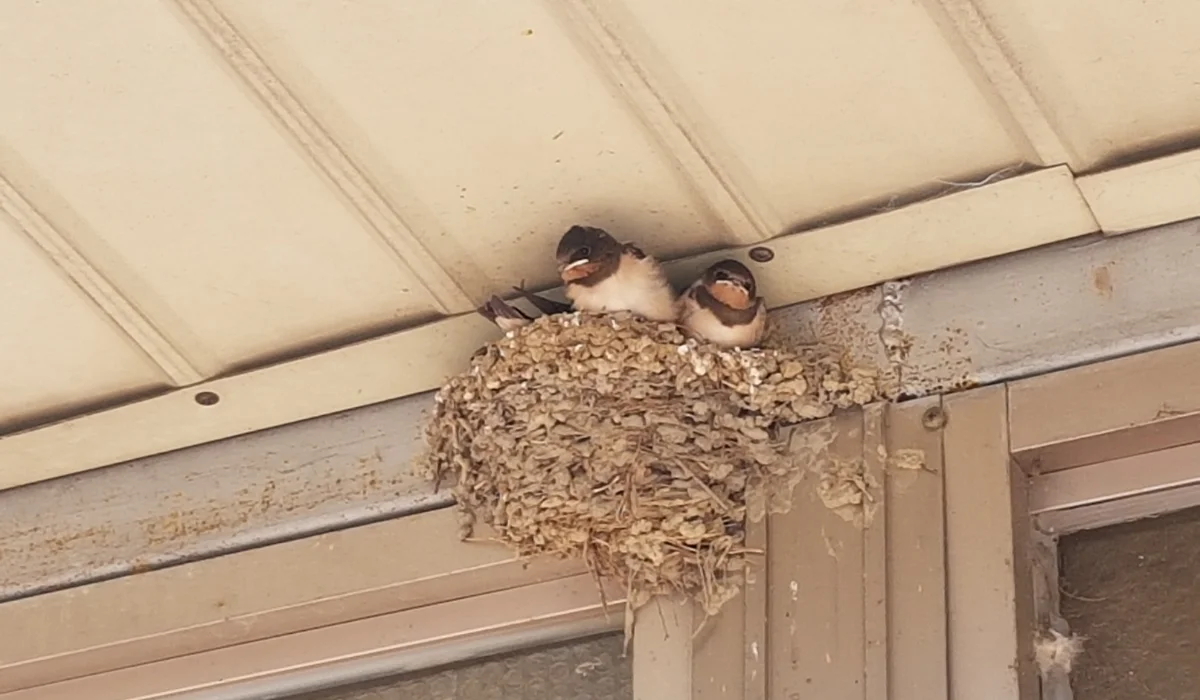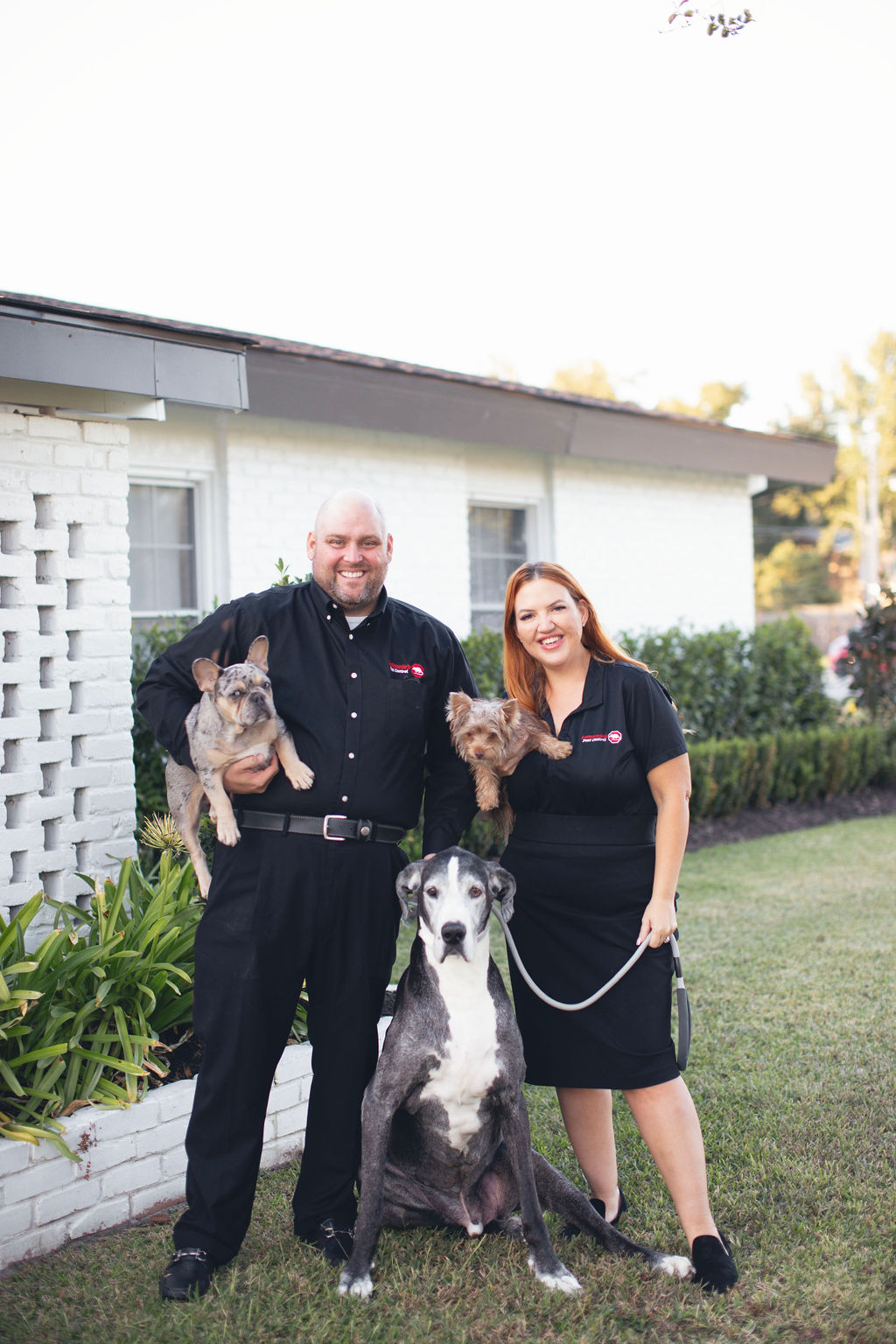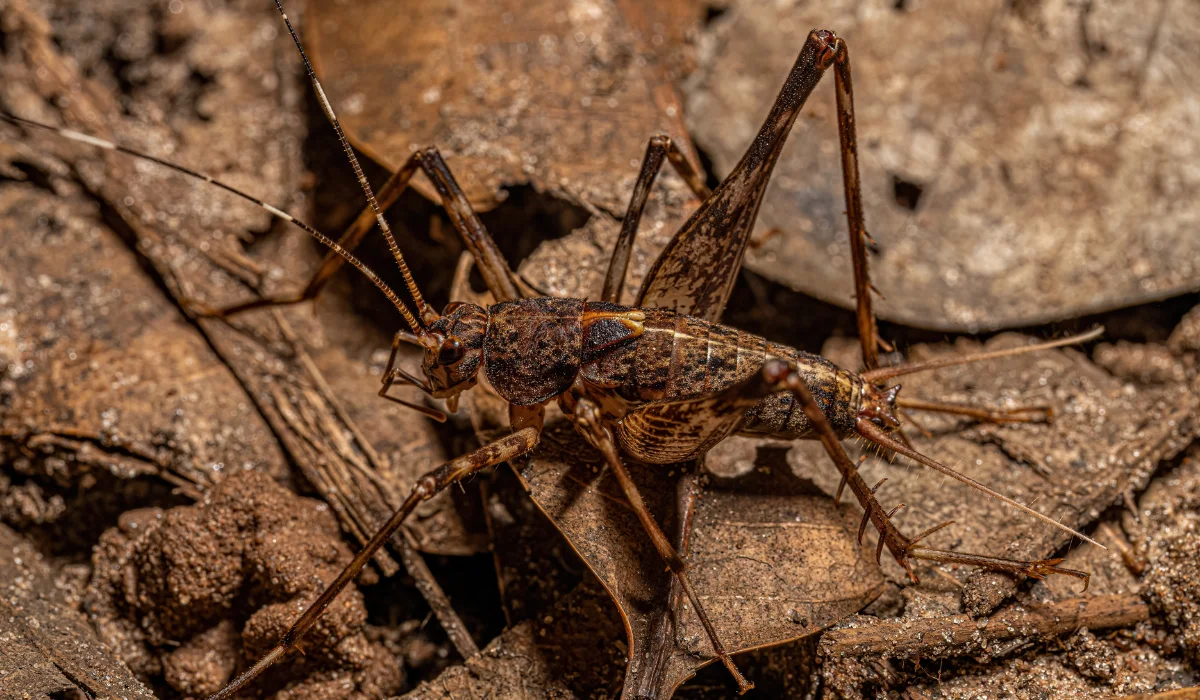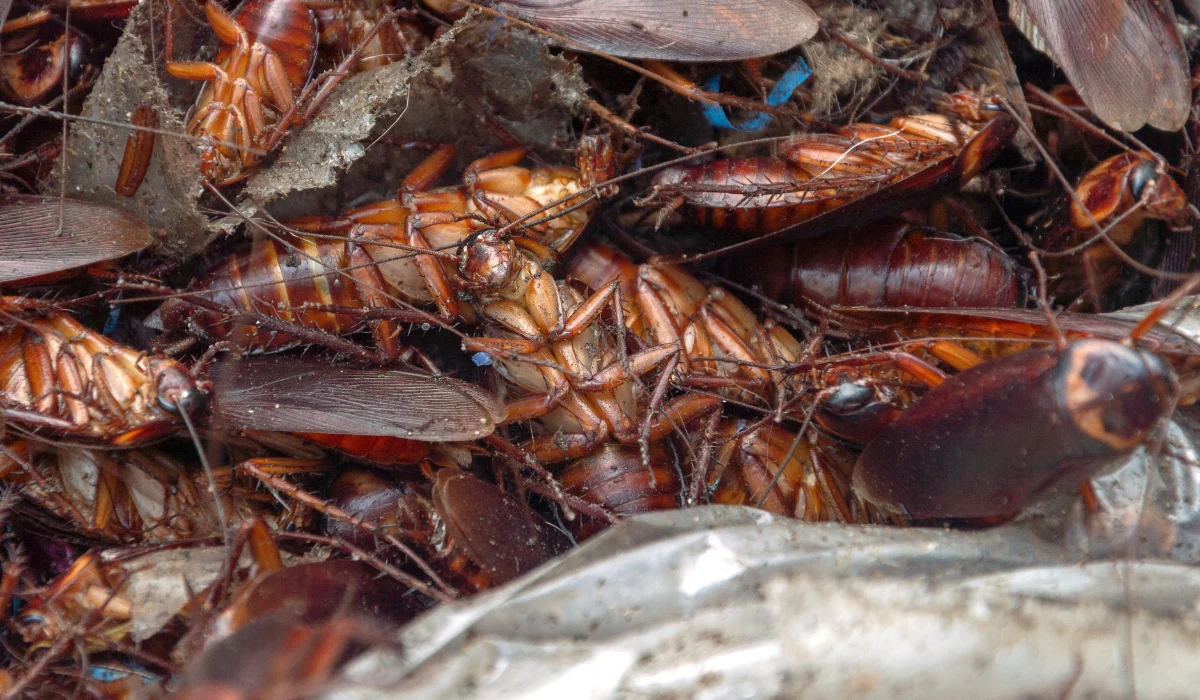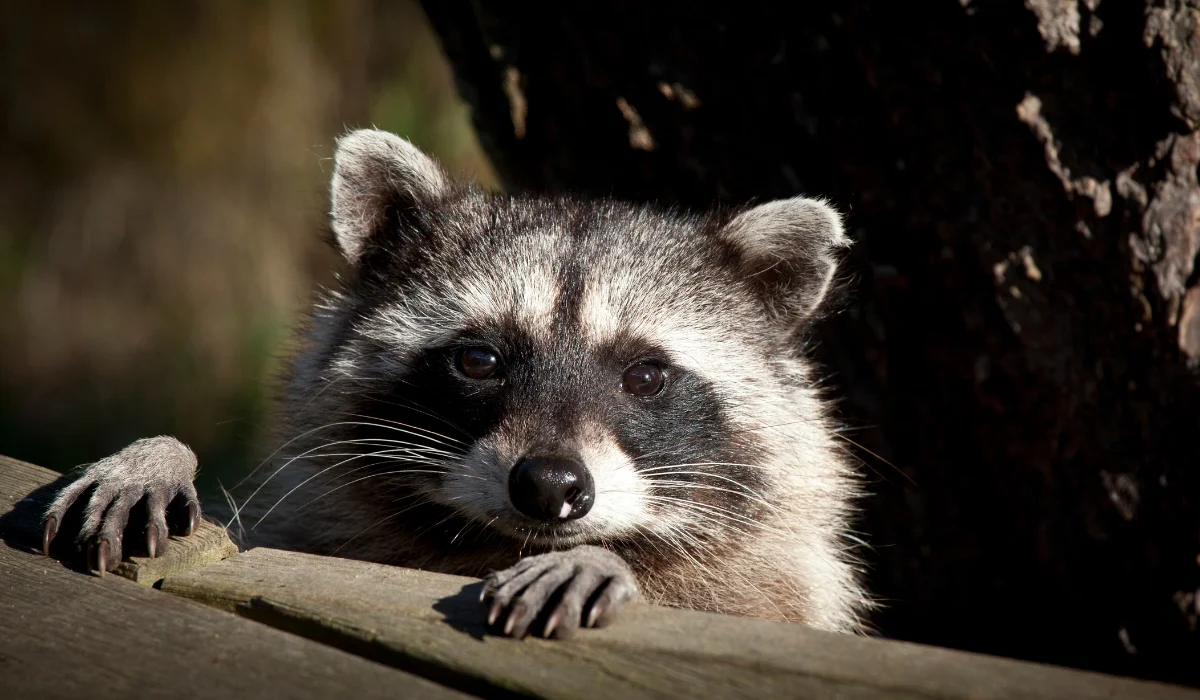If you’ve found a bird nest tucked into your eaves or perched above your front door, you’re not alone. In South Louisiana, it’s common to see nesting birds taking advantage of sheltered spots on homes, especially during nesting season.
But before you reach for a ladder, there’s a lot you need to know.
Bird nest removal might seem simple, but it’s not just about sweeping away some twigs. Federal laws like the Migratory Bird Treaty Act of 1918 protect many wild birds, and disturbing an active nest can land you in legal trouble, or worse, harm baby birds or their parents.
Here’s what to consider step-by-step—and why this is a job better left to professionals.
Key Takeaways
• An active nest with eggs or young birds must not be touched and should be reported to professionals.
• Some birds are protected by law, while others are not, so identifying the species is always very important.
• Dryer vents, eaves, and gutters are common nesting spots and can become dangerous if nests are not removed properly.
• Nest removal is not enough because birds often return unless the area is cleaned, sealed, and made less inviting.
Identify Whether the Nest Is Active
Before doing anything, you have to determine if the nest is active. A nest is active if it contains eggs or young birds, or you regularly see parent birds coming and going.
Wrens, house sparrows, songbirds, and even European starlings are common around homes, and some of them fall under federal protection.
Do: Watch from a distance for activity and listen for chirping.
Don’t: Poke, prod, or move the nest. Doing so could harm nestlings or violate the law. If you’re unsure, it’s best to call a pest control expert trained in wildlife control to make the determination safely and legally.
Understand the Local Bird Species
Not every bird you see is treated the same under the law.
While house sparrows and European starlings are not protected, many songbirds, including those often seen around bird feeders and birdbaths, are.
Do: Learn which bird is nesting in your space. Local Audubon resources can be helpful, but nothing beats a professional inspection.
Don’t: Assume all birds are fair game. If you remove a protected species’ nest—even accidentally—you could violate federal law.
Time Your Removal Around Nesting Season
Nesting season in Louisiana typically runs from early spring through late summer. Trying to remove a nest during this time increases the chances of disturbing an active nest.
Do: Wait until nesting season is over, and the birds have fledged (left the nest). Professionals can help confirm this for you.
Don’t: Attempt removal during peak nesting times or shortly after seeing fledglings. It can be hard to tell if all young birds have left, and some may still rely on the nest.
Check Common Nesting Areas
Birds love to nest in hard-to-reach, protected spots. Dryer vents, gutters, attic eaves, and porch awnings are some of their favorites.
Do: Keep an eye on these areas year-round. Birds may return to the same nesting spot season after season if it isn’t properly cleaned and sealed.
Don’t: Try to reach into a dryer vent or climb up to the eaves without the right safety gear—or the knowledge of what’s in there. Bird droppings can carry pathogens like histoplasmosis, and nests can harbor mites or fleas.
Deal With Nesting Materials and Droppings
Once the birds have left and you’ve confirmed the nest is inactive, it still needs to be removed carefully. Nesting materials can also be full of mites, lice, and harmful bacteria.
Do: Have the area professionally cleaned and sanitized. A pest control team like ours can also identify and fix entry points to prevent future nesting.
Don’t: Toss the materials in the trash with your bare hands. Improper removal increases the risk of spreading mites and pathogens.
Prevent Future Nesting
Once a nest is removed, your job isn’t done. Birds are persistent and will often return to the same spot unless it’s properly sealed off or made unattractive.
Do: Use bird-safe deterrents, cap dryer vents, seal gaps in eaves, and keep gutters clean to avoid clogs and nesting.
Don’t: Rely on DIY solutions like fake owls or loud noises. These might work temporarily, but birds often figure them out and return.
Let Us Handle Your Bird Nest Problem Safely
If birds are building too close for comfort, it doesn’t mean you have to handle it on your own. Between federal laws, disease risk, and the ethical concerns of disturbing wildlife, bird nest removal is best handled by trained professionals.
At LaJaunie’s Pest Control, we offer tailored bird control solutions for homeowners across Southeastern Louisiana. We’ll help you remove the nest safely, sanitize the area, and keep birds from nesting there again.
If you’re not sure what to do next, give us a call.
We’ll take a look, so you don’t have to take a risk.
 By: LaJaunie's Pest Control
By: LaJaunie's Pest Control 